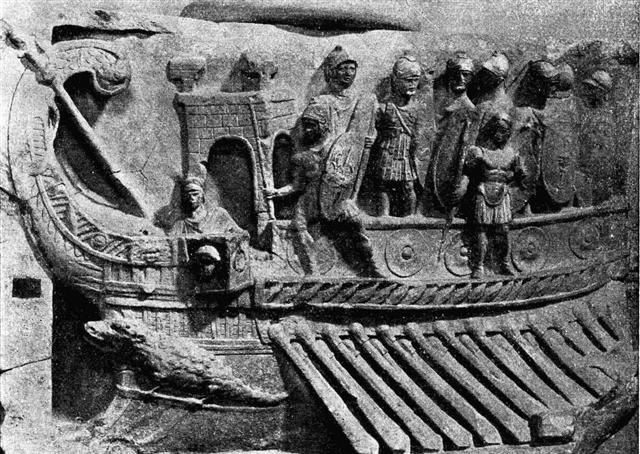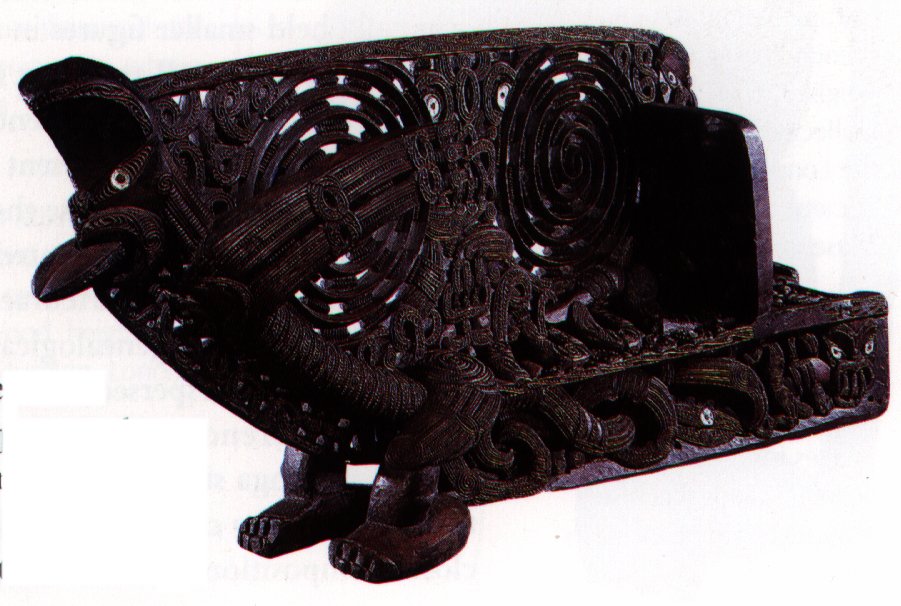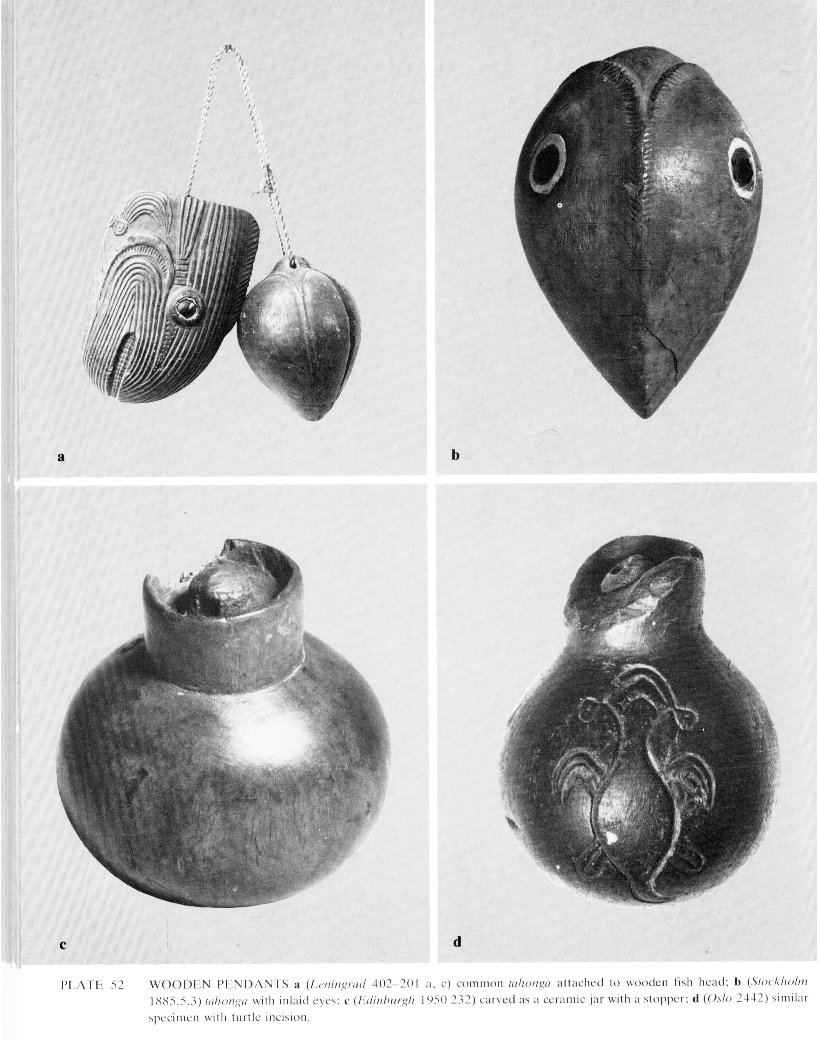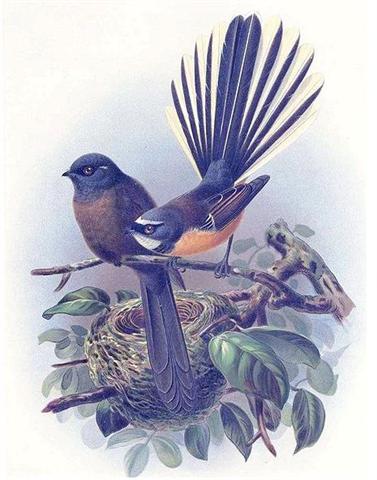*294 (Deneb
Okab, the Tail of the Eagle, and
α Vulpeculae,
the Little Fox) - *202 (Spica and
Alcor) = 92 = the distance from 0h to
summer solstice (June 21). A new 'fox' was
now above with a new
'heart'
below, in a new place.

|
MAY 3 |
4 (124) |
5 |
6 (*46) |
7 |
 |
 |
 |
 |
 |
|
Ga2-13 |
Ga2-14 |
Ga2-15 (45) |
Ga2-16 |
Ga2-17 |
|
WEZEN (Weight)
= δ Canis Majoris
(107.1), τ Gemini (107.7), δ
Monocerotis (107.9) |
no star listed (108) |
λ Gemini (109.4),
WASAT
(Middle)
= δ Gemini
(109.8) |
no star listed (110) |
ALUDRA (Virgin)
= η Canis Majoris
(111.1),
PROPUS = ι Gemini
(111.4),
GOMEISA = β Canis Minoris
(111.6) |
|
July 6 (187) |
7 |
8 |
9 |
10 |
|
°July 2 (183) |
3 |
4 |
5 |
6 (*107) |
|
'June 9 |
10 (161) |
11 |
12 |
13 (*84) |
|
"May 26 |
27 |
28 (148) |
29 |
30 (*70) |
|
NAKSHATRA DATES: |
|
NOVEMBER 2 |
3 |
4 |
5 (*229) |
6 (310) |
|
Al Baldah-19
AL BALDAH = π Sagittarii,
ALPHEKKA MERIDIANA = α Cor.
Austr.
(290.1), β Cor. Austr. (290.2) |
ALADFAR = η Lyrae
(291.1),
NODUS II = δ Draconis
(291.5), ψ Sagittarii (291.6), τ
Draconis (291.7), θ Lyrae
(291.8) |
ω
Aquilae (292.1),
ρ Sagittarii
(292.6), υ Sagittarii (292.7) |
π
Draconis,
ARKAB PRIOR = β¹ Sagittarii
(293.0),
ARKAB POSTERIOR = β² Sagittarii,
ALRAMI = α Sagittarii
(293.2),
χ Sagittarii
(293.6) |
DENEB OKAB (
Eagle's Tail)
= δ Aquilae (Ant.)
(294.0),
α VULPECULAE (Little Fox)
(294.9) |
|
January 5 (*290) |
6 |
7 (372) |
8 |
9 |
|
°January 1 |
2 |
3 (368) |
4 |
5 (*290) |
|
'December 9 |
10 (*264) |
11 (345) |
12 |
LUCIA |
|
"November 25 |
26 (*250) |
27 |
28 (360) |
29 |
... In the inscriptions of Dendera,
published by Dümichen, the goddess Hathor is called 'lady of every
joy'. For once, Dümichen adds: Literally
... 'the lady of every heart circuit'.
This is not to say that the Egyptians
had discovered the circulation of the
blood. But the determinative sign for
'heart' often figures as the plumb bob
at the end of a plumb line coming from a
well-known astronomical or surveying
device, the merkhet. Evidently,
'heart' is something very specific, as
it were the 'center of gravity' ... See
Aeg.Wb. 2, pp. 55f. for sign of the
heart (ib) as expressing
generally 'the middle, the center'.
And this may lead in quite another
direction. The Arabs preserved a name
for Canopus - besides calling the star
Kalb at-tai-man ('heart of the
south') ... Suhail el-wezn,
'Canopus Ponderosus', the heavy-weighing
Canopus, a name promptly declared
meaningless by the experts, but which
could well have belonged to an archaic
system in which Canopus was the weight
at the end of the plumb line, as
befitted its important position as a
heavy star at the South Pole of the
'waters below'.
Here is a chain of inferences which
might or might not be valid, but it is
allowable to test it, and no inference
at all would come from the 'lady of
every joy'. The line seems to state that
Hathor (= Hat Hor,
'House of Horus') 'rules' the revolution
of a specific celestial body - whether
or not Canopus is alluded to - or, if we
can trust the translation 'every', the
revolution of all celestial bodies. As
concerns the identity of the ruling
lady, the greater possibility speaks for
Sirius, but Venus cannot be excluded; in
Mexico, too, Venus is called 'heart of
the earth' ...
... At
a rather isolated place at the edge of
the desert, about 2.5 kilometers ...
south-west of the modern town, lies what
Dendera is famous for, a mostly
Graeco-Roman temple complex known in
ancient Egyptian as
Iunet
or
Tantere.
The modern Arab town is built on the
ancient site of
Ta-ynt-netert,
which means 'She of the Divine Pillar'.
It was once the modest capital of the
6th Nome (Pharaonic province) of Upper
Egypt, and was also called
Nikentori
or
Nitentori,
which means 'willow wood' or 'willow
earth'. Some scholars believe the name
derives from the sky and fertility
goddess Hathor, also associated with the
Greek Aphrodite, who was especially
worshiped there. The official deity of
the city was a crocodile ...

|
1 |
Horn |
α Virginis (Spica) |
Crocodile |
(202.7) |
Oct 9 (282) |
... February 14 is still remembered as
All Hearts' Day (St Valentine's day) and
in addition to our usual associations
at this date we can now add the
idea of a beginning for all the cycles -
as we know from the corresponding Hathor
'heart' ...


In "May 28 (148) the Sun's arrows (rays)
were opening up a new season. The arrow in the front paws
of the Little Fox was pointing up and the
arrow of the boy Antinous was pointing down,
and together
they were creating a sign of expansion (<) like
that of an
open jaw:

|
Vaha
Hollow; opening;
space between the fingers (vaha
rima); door cracks (vaha
papare). Vahavaha, to
fight, to wrangle, to argue with
abusive words. Vanaga.
1. Space,
before T; vaha takitua,
perineum. PS Mgv.: vaha,
a space, an open place. Mq.:
vaha, separated, not joined.
Ta.: vaha, an opening.
Sa.: vasa, space,
interval. To.: vaha,
vahaa, id. Fu.: vasa,
vāsaà,
id. Niuē: vahā.
2. Muscle, tendon;
vahavaha,
id. Vahahora
(vaha
1 - hora
2), spring. Vahatoga
(vaha
1 - toga
1), autumn. 3. Ta.:
vahavaha,
to disdain, to dislike. Ha.:
wahawaha,
to hate, to dislike.
Churchill. |
Heyerdahl and D'Alleva
can give us more pieces to this corner
of the great puzzle:
|
Tahoga
Figurine made of
wood or of stone, in the shape
of a heart, which used to be
worn on the chest. Vanaga.
Spherical pendant of wood worn
around the neck. Fischer.
Kaona,
a Hawaiian word that means
'veiled meaning or symbolism'.
The pantheon of creator gods,
the spirits of deified
ancestors, and the adventures of
legendary, semi-divine heroes
are central to spiritual life in
Polynesia. Extant figures of
gods and deified ancestors often
bear scant resemblance to their
original presentation, for they
were frequently wrapped in
barkcloth and ornamented with
tufts of feathers as a sign of
their
tapu
or sacred, restricted status.
Some figures were kept hidden in
god houses, or, in the case of
ancestral spirits, in the homes
of lineage heads; others were
displayed prominently in
temples. Many of the figures are
richly layered in meaning,
referring both iconographically
and stylistically to concepts of
power, history, time and space,
the land, gods, and ancestors.
These multiple-allusions may be
expressed by the concept of
kaona [taoga], a
Hawaiian word that means 'veiled
meaning or symbolism', which is
a well-known feature of poetry,
music, and dance. D'Alleva.
|
|
All Polynesian
cultures share a concern not
only with their own genealogy
and history, but also with
understanding the nature of the
creation of the earth and the
beginning of time. Throughout
Polynesia, elite lineages trace
their ancestry to the gods.
Among the Maori, tribal accounts
of their history extend back to
creation; these stories share
similarities, and all are
presented in art works, known as
taonga, 'the treasures of
the people'.
Appropriately,
given the mana of war
canoes, the stern and prow
ornaments depicted central
themes in Maori cosmogony.
Many prows
depict the
creation of the earth and sky.

The openwork
spirals on the main panel may
represent the entry of light and
knowledge into the world when
the god
Tane
separated his parents
Papatuanuku and Rangi,
Earth Mother and Sky Father. The
foremost figure depicts a male
with aggressively protruding
tongue. He may represent
Tuumatauenga, the god of war
and man. D'Alleva.
|
|
Although stone specimens do
occur, most tahonga are
carved from toromiro ...
Great numbers have been
collected, some of considerable
antiquity, although commercial
production was started in the
late eighties of last century.
Basically, the form is that of a
somewhat egg-shaped ball with a
central projection at its
thickest end perforated for a
suspension string.

The
resemblance to an egg is reduced
by the fact that the tahonga
is divided longitudinally into
four equal sections by four
narrow ribbons or ridges
radiating symmetrically from the
most pointed end of the ball. At
the rounded transition to the
thicker end each ribbon forks
into two branches as wide as the
original ones, and these curve
in both directions to run
uninterruptedly into the meeting
branches from the two
neighboring ribbons.
Seen from the
rounder end of the ball, these
interlocked branches outline a
star-shaped square with concave
sides and corners drawn out into
points. Placed centrally in this
modified square is the small
rounded or cylindrical
projection perforated for the
suspension string. In some
specimens this projection is
shaped into either a single or a
double human head, and sometimes
also into the head of a bird
with a large upturned bead.
Obsidian disks with bone rings
are inlaid as eyes in these
heads. The surfaces are polished
and left unpainted. Tahonga
balls are commonly about 3-4
ins. (8-10 cm.) along the axis,
although they may vary somewhat
in size.
Possible
origins: The tahonga
was supposed to be a feminine
ornament, although Métraux's (Ibid.,
p. 233) modern informants
believed this was not
universally so. Specimens with a
bird's head projecting from the
top (Fig. 43 center) suggest a
cracking egg about to fall into
four equal parts as the chicken
emerges. Some tahonga
have a rather striking
resemblance to a coconut covered
with its outer husk, although a
husked coconut has a rounded
triangular cross section. The
theory that the pendant is an
imitation of coconuts which grew
in the homeland of the ancestors
has been both defended and
rejected (loc. cit.). In
either case we would have had no
guide as to the origin of this
purely local ornament, since
coconuts grew in a restricted
grove on Easter Island itself
prior to missionary arrival (Heyerdahl,
1961, p. 30). As concluded by
Métraux (1940, p.236), the
wooden tahonga seem to be
paraphernalia entirely peculiar
to Easter Island.
Since some
tahonga have a twin human
head emerging from the top (Fig.
43 right) it is interesting to
recall the belief prevailing in
some parts of the Inca Empire,
that the first Inca and his
sister-wife originally emerged
from an egg. The association
seems pertinent when we note
that Hotu Matua, the
traditional founder of the
Easter Island dynasty, who was
recalled to have come from the
direction of Peru, was
remembered as the son of a king
named Tupa-ringa-anga (Métraux,
1940, p. 127). Anga means
to 'create' on Easter Island,
and Tupa-ringa strongly
suggests Tupa-inga, a
name frequently given to Inca
Tupac, the late Inca who
sailed with a fleet into the
Pacific to visit islands known
to his coastal merchantrs. This
late Tupa-inga had only
taken his name from several of
his own predecessors, since
there were no less than 20 kings
with this name in the Peruvian
genealogical lines, most of them
going back into pre-Inca
dynasties (Monesinos,
1642) ...
 |
|
 |
...
And now, they learned, it was Maui's
idea to enter her very body. He proposed
to pass through the womb of
Great Hine the Night,
and come out by her mouth. If he
succeeded, death would no longer have
the last word with regard to man; or so
his mother had told him long ago. This,
then, was to be the greatest of all his
exploits.
Maui,
who once had travelled eastward to the
very edge of the pit where the sun rose,
and southward over the great Ocean of
Kiwa to where he fished up land, and
all the way to the dwelling-place of
Mahuika - Maui now proposed a
journey to defy great Hine in the
west. Taking his enchanted weapon, the
sacred jawbone of Muri ranga whenua,
he twisted its strings around his waist.
Then he went into the house and threw
off his clothes, and the skin on his
hips and thighs was as handsome as the
skin of a mackerel, with the tattoed
scrolls that had been carved there with
the chisel of Uetonga. And off
they went, with the birds twittering in
their excitement.
When
they arrived at the place where Hine
nui lay asleep with her legs apart
and they could see those flints that
were set between her thighs, Maui
said to his companions: 'Now, my little
friends, when you see me crawl into the
body of this old chieftainess, whatever
you do, do not laugh. When I have passed
right through her and am coming out of
her mouth, then you can laugh if you
want to. But not until then, whatever
you do.' His friends twittered and
fluttered about him and flew in his way.
'O sir', they cried, 'you will be killed
if you go in there.' 'No', said Maui,
holding up his enchanted jawbone. 'I
shall not - unless you spoil it. She is
asleep now. If you start laughing as
soon as I cross the threshold, you will
wake her up, and she will certainly kill
me at once. But if you can keep quiet
until I am on the point of coming out, I
shall live and Hine nui will die,
and men will live thereafter for as long
as they wish.' So his friends moved out
of his way. 'Go on in then, brave
Maui', they said, 'but do take care
of yourself'.
Maui
at first assumed the form of a kiore,
or rat, to enter the body of Hine.
But tataeko, the little
whitehead, said he would never succeed
in that form. So he took the form of a
toke, or earth-worm. But
tiwaiwaka the fantail, who did not
like worms, was against this. So Maui
turned himself into a moko huruhuru,
a kind of caterpillar that glistens. It
was agreed that this looked best, and so
Maui started forth, with comical
movements.
The
little birds now did their best to
comply with Maui's wish. They sat
as still as they could, and held their
beaks shut tight, and tried not to
laugh. But it was impossible. It was the
way Maui went in that gave them
the giggles, and in a moment little
tiwaiwaka the fantail could no
longer contain himself. He laughed out
loud, with his merry, cheeky note, and
danced about with delight, his tail
flickering and his beak snapping.
Hine nui awoke with a start. She
realised what was happening, and in a
moment it was all over with Maui.
By the way of rebirth he met his end ...

|











